
DAVID LANHAM
Chief Executive Officer BBS (Hons) MPrac.Acc. CPA
David Lanham is the Chief Executive Officer at Palmerston North Airport Limited, having held the position since April 2014.
David has extensive international aviation experience in airport management, airline network & commercial planning, and airfreight management. He also has corporate experience in retail strategy and property development, and possesses technical skills in finance & accounting. Prior to joining Palmerston North Airport David gained over 15 years of commercial aviation experience at Air New Zealand, Gulf Air (Bahrain), and as an aviation management consultant. David has worked on airline & airport assignments in Australasia, Asia, Africa, Middle East, and the South Pacific.
David’s commercial experience is supported by professional qualifications in finance and accounting. He is a certified practising accountant (CPA Australia), holds a First Class Honours degree in Finance from Massey University, Palmerston North, and a Masters in Practising Accounting from Monash University, Melbourne, Australia.

JONATHON BAKER
Chief Financial Officer
Jonathon Baker joined the team at Palmerston North Airport in October 2020. Jonathon brings over ten years of finance experience, having worked previously for Ernst & Young Auckland and Metlifecare. Jonathon also brings his aviation experience to the team, having previously worked for Air New Zealand in a number of finance roles.
As the Chief Financial Officer, Jonathon is responsible for managing the day-to-day and strategic finance function, overseeing board reporting, financial reporting, treasury, accounts payable/receivable and corporate secretarial for the airport. He also manages key relationships, including those with our bank and auditors. Jonathon holds a Bachelor of Commerce / Bachelor of Property conjoint degree from the University of Auckland, is a Chartered Accountant and member of Chartered Accountants Australia and New Zealand.

MARK LASH
Chief Commercial Officer
Mark Lash joined the Palmerston North Airport team in late 2023 in the role of Chief Commercial Officer.
Mark brings 25 years of prior experience with such organisations as Foodstuffs (Wellington) Co-op Society Ltd, Z Energy Ltd, and Kainga Ora. He has a strong property development background, having led the delivery of numerous retail, warehousing, logistics, and public housing developments throughout New Zealand.
Mark’s role comprises of managing the commercial relationship between the airport and our many tenants, users, and stakeholders. Additionally, he will oversee an ambitious property development programme which will involve the replacement of the airport terminal, and development of the vacant land across the wider estate.
Mark holds a Bachelor of Business Studies from Massey University, with a major in valuation and property management.

BRENT LAWRY
Terminal and Facilities Manager
Brent Lawry joined Palmerston North Airport in July 2015 and has held the role of Terminal and Facilities Manager since September 2016.
Previously, Brent had a long career with KiwiRail, holding positions within the industry including Operations Manager- Terminals and Accident Investigator. He has significant experience with logistics, and operating large teams throughout the Central North Island region. Brent has implemented a Terminal Standardisation programme nationally for KiwiRail, which refined the core business. Brent has also worked as an independent consultant for an inland port developed at Longburn. Brent holds a diploma in Front Line Management (BSB51001).

ALEX FECHNEY
Safety and Operations Manager
Alex Fechney joined the team at Palmerston North Airport in September 2022. Alex brings over 20 years of aerodrome operational, safety and quality experience working for both airport companies, aviation regulators and aviation consultants. Alex returned to New Zealand in 2021 after spending 15 years working in the United Arab Emirates for the General Civil Aviation Authority, Abu Dhabi Airports Company and in more recent years Dubai Airports.
As the Safety and Operations Manager, Alex is responsible for ensuring regulatory compliance with the requirements of Civil Aviation Rules for a certificated aerodrome and the workplace health and safety requirements of the Health and Safety at Work Act. This includes managing and overseeing areas such as the operational reporting system, investigation, operational audit function and security requirements. His role also involves oversight of airside operational activities and working closely with the Airfield Operations Manager. Alex has a Bachelor of Science degree from Victoria University of Wellington.

JOHAN VAN VUUREN
Infrastructure Manager
Johan van Vuuren joined the team at Palmerston North Airport in September 2018 as Infrastructure Development Engineer.
He has recently been appointed as Infrastructure Manager overseeing airside and landside infrastructure projects and landside subdivision development. He brings to the role almost 30 years’ experience, having been involved in a broad range of local authority and central government civil engineering infrastructure projects.

BAYLIE CORNEY
Marketing and Communications Manager
Baylie joined the team at Palmerston North Airport in August 2022.
As Marketing and Communications Manager, Baylie brings a unique blend of creativity, strategy, and innovation to our team. With a background in both digital and traditional marketing, Baylie is responsible for developing and executing impactful campaigns that amplify our brand, engage our audience, and drive business growth.













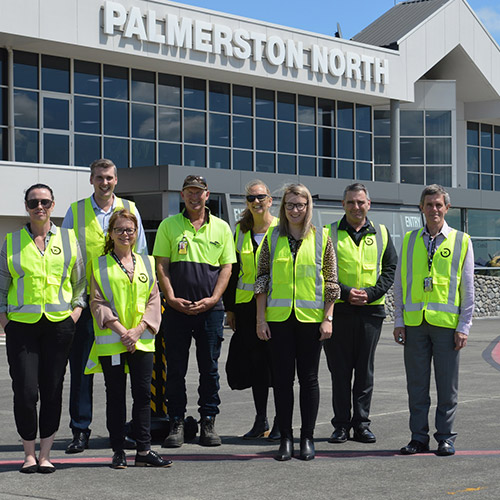
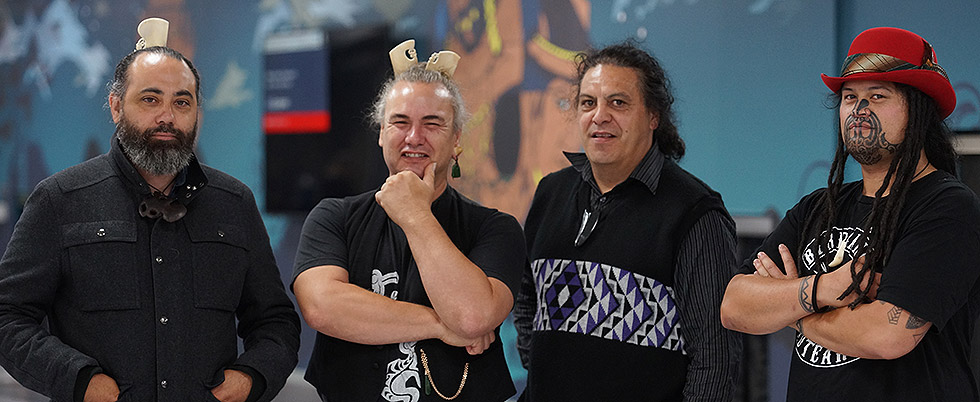
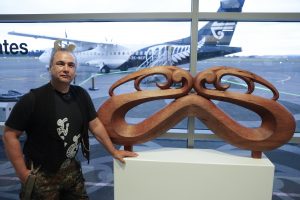
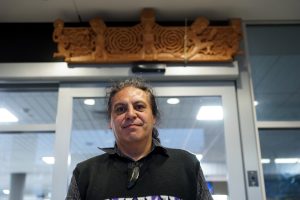

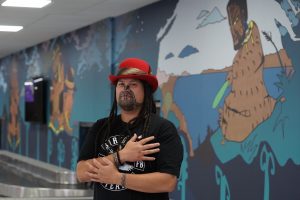
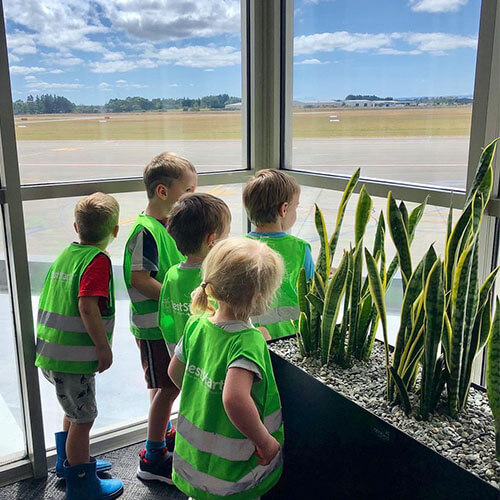

 Just Zilch
Just Zilch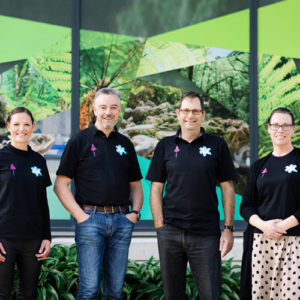 Wildbase Hospital
Wildbase Hospital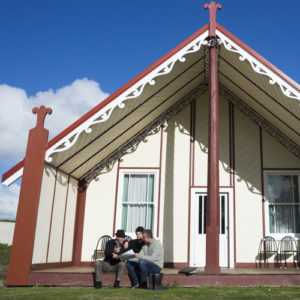 Te Rangimarie Marae
Te Rangimarie Marae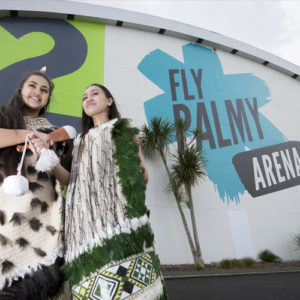 Fly Palmy Arena
Fly Palmy Arena Centrepoint Theatre
Centrepoint Theatre Bernie – The Fly Palmy Mascot
Bernie – The Fly Palmy Mascot
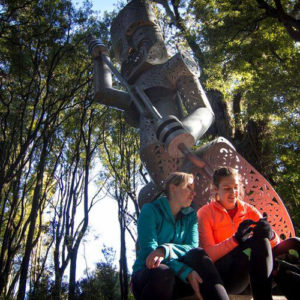 Manawatū
Manawatū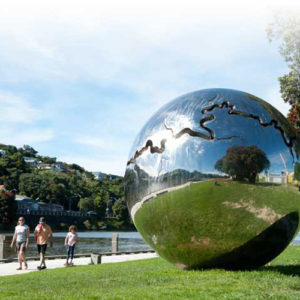 Whanganui
Whanganui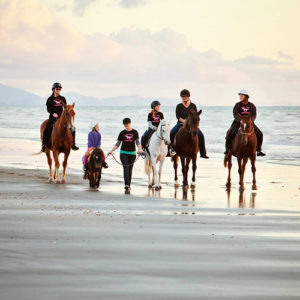 Horowhenua
Horowhenua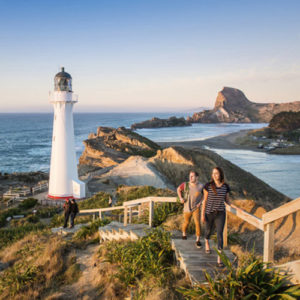 Wairarapa
Wairarapa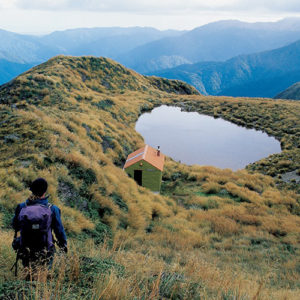 Tararua
Tararua Ruapehu
Ruapehu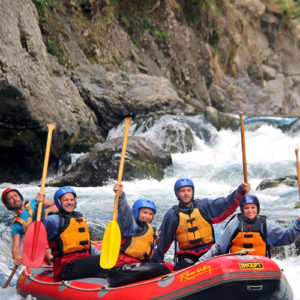 Rangitikei
Rangitikei
